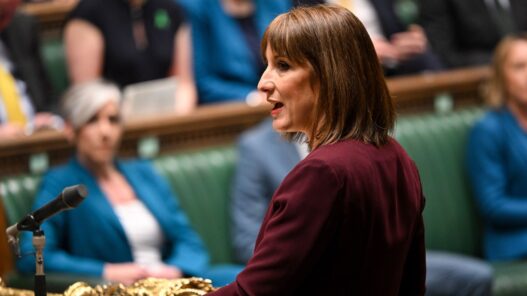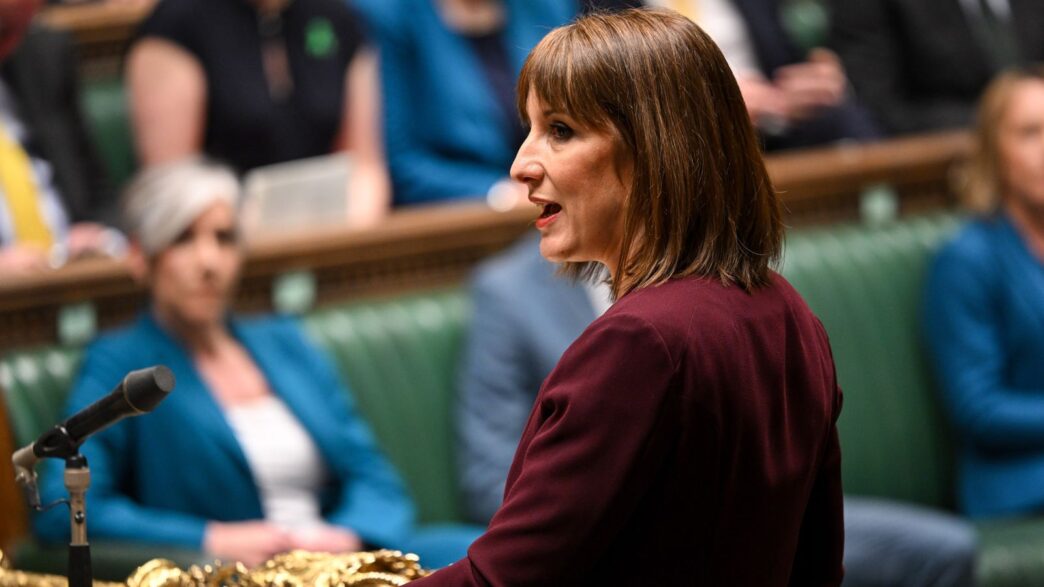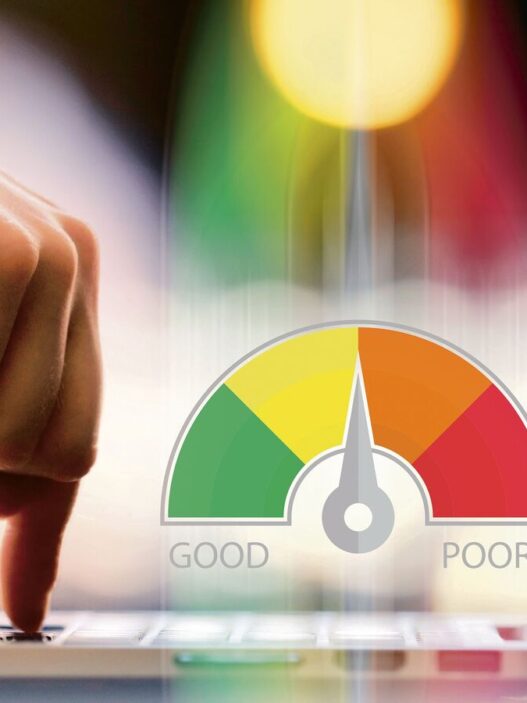The UK government borrowed almost £15bn more than forecast in the last financial year, according to official figures.
The Office for National Statistics (ONS) reported that borrowing – the difference between total public sector spending and income – over the 12 months to the end of March came in at £151.9bn.
That provisional sum was £20.7bn more than in the same twelve-month period a year earlier and £14.6bn more than the £137.3bn forecast by the Office for Budget Responsibility (OBR) at the spring statement just a month ago, the body said.
Money latest: Are Treasury-backed savings now the best place for your cash?
It added that the figure represented 5.3% of the UK’s gross domestic product (GDP), 0.5 percentage points more than in 2023/24.
It was partly driven by £16.4bn of borrowing in March – the third-highest March borrowing since monthly records began in 1993.
The provisional data left public sector net debt at 95.8% of GDP at the end of March. That is 0.2 percentage points higher than at the end of March 2024 and remaining at levels last seen in the early 1960s.
Higher borrowing is partly a consequence of government investment and spending decisions announced in the chancellor’s autumn budget last year.
But it is also a result of higher costs to service government debt, with the bond markets reflecting not only greater turmoil in the global economy but also unease over domestically-generated inflation and weak growth at a time of continued strain for the public purse.
Rachel Reeves was forced to use her spring statement in March to restore a £10bn buffer to the public finances to avoid breaking her own fiscal rules.
ONS chief economist Grant Fitzner said of the data: “Our initial estimates suggest public sector borrowing rose almost £21b in the financial year just ended as, despite a substantial boost in income, expenditure rose by more, largely due to inflation-related costs, including higher pay and benefit increases.
“At the end of the financial year, debt remained close to the annual value of the output of the economy, at levels last seen in the early 1960s.”
The government’s efforts to bring down costs include a crackdown on the welfare bill and a renewed focus on securing growth in the economy.
However, business groups say her decision to impose an additional tax burden on employment from this month, mainly through higher minimum wage and employer national insurance contributions, will backfire and harm both employment and investment.
Household spending power is also set to face further strain as inflation is tipped to rise beyond 3% due to a slew of rising costs in the economy including bills for energy and water.












